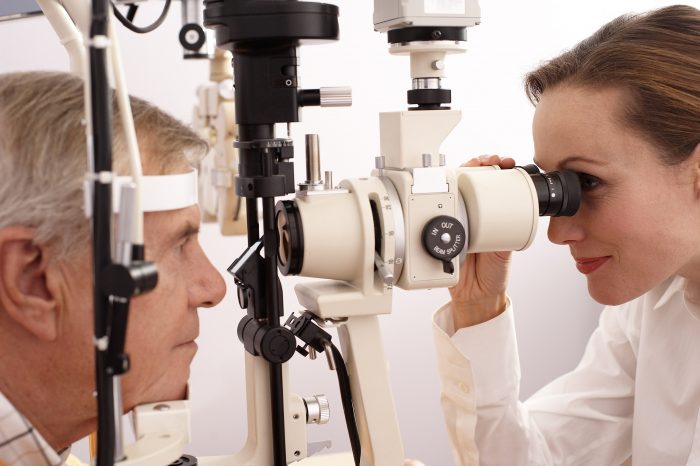In some patients, small amounts of wine may reduce cardiovascular risks
By David Dunaief, M.D.

Our understanding of diabetes — its risks and treatment paradigms — is continually evolving and improving. This is good news, since the current rate of diabetes among the U.S. adult population is 13 percent, while another estimated 88 million U.S. adults have prediabetes (1).
What is prediabetes? Typically, it’s when fasting glucose levels (HbA1C) sit in the 5.7 and 6.4 percent range.
With diabetes comes a host of other health complications, including increased heart attack risk. However, cardiovascular risk and its severity may not equally affect men and women. In two trials, women with type 2 diabetes had greater cardiovascular risk than men. In one retrospective study, women with diabetes were hospitalized due to heart attacks at a higher rate than men, although both had substantial risk increases, 162 percent and 96 percent, respectively (2).
What might reduce our risks for diabetes or its complications? Fortunately, we have options. These include diet improvements, timing of blood pressure medications, and, oddly, modest wine consumption.
Diet bests metformin for diabetes prevention
All too often in the medical community, we are guilty of reaching for drugs and either overlooking lifestyle modifications or expecting that patients will fail with them. This is a disservice; lifestyle changes may be more effective in preventing this disease.
In a head-to-head comparison study, diet plus exercise outperformed metformin for diabetes prevention (3). This study was performed over 15 years of duration in 2,776 participants who were at high risk for diabetes because they were overweight or obese and had elevated sugars.
There were three groups in the study: one received a low-fat, low-calorie diet with 15 minutes of moderate cardiovascular exercise; one took metformin 875 mg twice a day; and one was a placebo group. Diet and exercise reduced diabetes risk by 27 percent, while metformin reduced it by 18 percent over the placebo, both reaching statistical significance. Note that, while these are impressive results that speak to the use of lifestyle modification and to metformin, the diet they used was not an optimal diabetes diet.
Blood pressure medications’ timing
Interestingly, taking blood pressure medications at night has an odd benefit, lowering the risk of diabetes (4). In a study, there was a 57 percent reduction in the risk of developing diabetes in those who took blood pressure medications at night rather than in the morning.
It seems that controlling sleep-time blood pressure is more predictive of diabetes risk than morning blood pressure or 48-hour ambulatory blood pressure. This study had a long duration of almost six years with about 2,000 participants.
Researchers used three blood pressure medications in the trial: ACE inhibitors, angiotensin receptor blockers (ARBs) and beta blockers.
The first two have their effect on the renin-angiotensin-aldosterone system (RAAS) of the kidneys. According to the researchers, these had the most powerful effect on preventing diabetes. Furthermore, when sleep systolic (top number) blood pressure was elevated one standard deviation above the mean, there was a 30 percent increased risk of type 2 diabetes.
Interestingly, the RAAS-blocking drugs are the same drugs that protect kidney function when patients have diabetes.
Can wine help?
Diabetes patients are often warned to limit or eliminate alcohol. A significant part of the reasoning relates to how the body metabolizes alcohol and sugars. So, the results of a study that showed small amounts of wine could have benefits in reducing diabetes-associated complications among those whose sugars were well-controlled sent ripples throughout the medical community.
The CASCADE trial, a randomized controlled trial, shows wine may have heart benefits in well-controlled patients with type 2 diabetes by altering the lipid (cholesterol) profile (5).
Patients were randomized into three groups, each receiving a drink with dinner nightly. One group received five ounces of red wine, another five ounces of white wine, and the control group drank five ounces of water. Those who drank the red wine saw a significant increase in their “good cholesterol” HDL levels, an increase in apolipoprotein A1 (the primary component in HDL) and a decrease in the ratio of total cholesterol-to-HDL levels compared to the water-drinking control arm. In other words, there were significant beneficial cardiometabolic changes.
White wine also had beneficial cardiometabolic effects, but not as great as red wine. However, white wine did improve glycemic (sugar) control significantly compared to water, whereas red wine did not. Also, slow metabolizers of alcohol in a combined red and white wine group analysis had better glycemic control than those who drank water. This study had a two-year duration and involved 224 patients. All participants were instructed to follow a Mediterranean-type diet.
Does this mean diabetes patients should start drinking wine? Not necessarily. This was a small study, and participants were well-controlled type 2 diabetes patients who generally were nondrinkers.
We need to reverse the trend toward higher diabetes prevalence. The good news is that we’re continuing to learn what lowers diabetes risk and, for those with Type 2 diabetes, what can improve cardiovascular risks.
References:
(1) cdc.gov. (4) Journal of Diabetes and Its Complications 2015;29(5):713-717. (3) Lancet Diabetes Endocrinol. Online Sept. 11, 2015. (4) Diabetologia. Online Sept. 23, 2015. (5) Ann Intern Med. 2015;163(8):569-579.
Dr. David Dunaief is a speaker, author and local lifestyle medicine physician focusing on the integration of medicine, nutrition, fitness and stress management. For further information, visit www.medicalcompassmd.com.



















